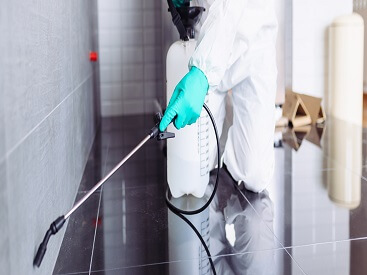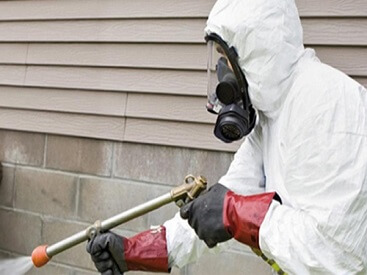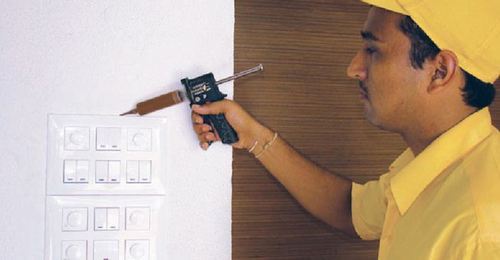
Mosquito management is the task of managing the population of mosquitoes to scale back their harm to human health, economies, and therefore the enjoyment of mosquito-ridden areas. Mosquito management is a very important public-health practice throughout the globe and particularly in the Republic of India as a result of mosquitoes unfold several diseases, like malaria, dengue, and chikungunya.
Mosquito Control
Mosquito management is achieved through a scientific examination and treatment which may involve some or all of the subsequent activities
1. Source Reduction
Since many mosquitoes come from stagnant water, source reduction can be as simple as emptying water from containers around the home. This is something that homeowners can accomplish without much difficulty. For example, homeowners can eliminate unused pools or buckets; by clearing gutters and leaks around faucets; by regularly changing the water in birdbaths, etc. Eliminating such mosquito breeding areas is an especially effective and permanent way to scale back mosquito populations while not resorting to pesticides. We will advise the society regarding potential mosquito breeding sites throughout routine inspections which may then be acted upon by the native facility management team.
2. Larviciding
Control of mosquito larvae can be accomplished through the use of larvicides, growth regulators, surface films. These are applied at potential mosquito breeding sites such as Dallas outside the complex. The recommended frequency of application is monthly.
3. Adulticiding
- The control of adult mosquitoes is the most familiar aspect of mosquito control to most people. It is accomplished by ground-based applications or via aerial application of chemical pesticides like thermal fogging. This is done primarily in outdoor areas. The frequency of the treatment depends on the intensity of the problem.
- Spraying (NEW): In this treatment, we spray a colorless and odorless insecticide on the walls. The insecticide is harmless for human beings. The mosquitoes sit on the wall, are available in contact with the pesticide and die. This treatment is effective for two to three months







